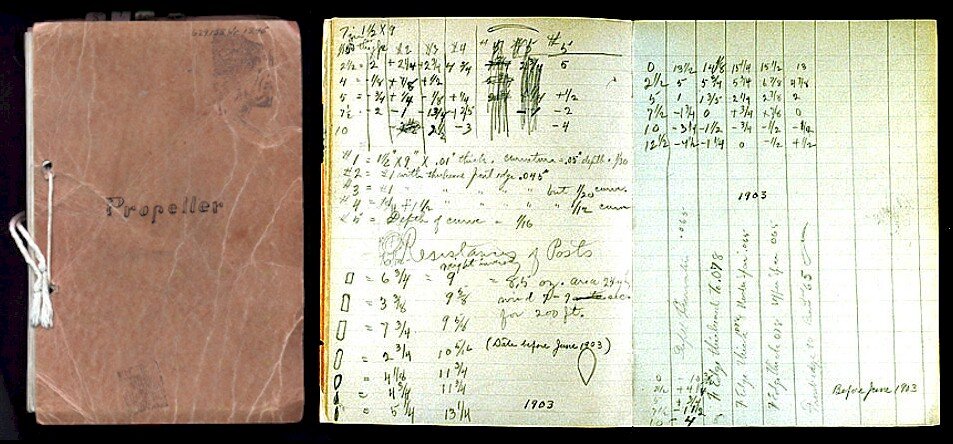Today is the 117th anniversary of the first manned, powered flight at Kitty Hawk, North Carolina. Orville Wright wrote a great description of how it was done, “How We Made the First Flight” (e-book available for less than $3.00).
I read Oville’s book, and here are a few interesting facts that jumped out at me:
The Wright Brothers became interested in flight for the first time in 1899 after reading a book on ornithology.
They were bicycle manufacturers and had no prior training in aerodynamics, but began systematically studying and testing in the spring of 1899. In four and a half years they did what no one had done before - they flew.
Their design was a canard design with an elevator ahead of the main wing. It had full control in all three axes. In aeronautics, a canard configuration is one that incorporates a small fore-wing or fore-plane placed ahead of the main wing of a fixed-wing aircraft. .
The Flyer design was based on their earlier and somewhat smaller manned glider that also had 3 axes control.
The Wright brothers designed and built their own 4 cylinder engine from scratch in a matter of months.
They hand carved their own dual counter rotating propellers. Like the airplane and the engine, the propeller design was uniquely the product of their own research. It was one of the most technically challenging but well executed and critical elements of their success.
To reduce ground friction/resistance, they launched the Flyer from a steel monorail track.
The first flight was into 25 mph headwinds that were bitterly cold.
From the first flight to the lunar landing was less than 66 years.
The Wright brother's canard design soon gave way to the conventional tail aft design. It would be 70 years before Burt Rutan would revive the canard in civil aviation demonstrating its superior flight qualities to conventional configurations.
One of the greatest legacies of the Flyer yet to be rediscovered is in the Wright brother's propeller technology. Only when it came time to build one did they recognize the complexity of the problem. Orville recounts: "Our minds became so obsessed with the problem of [making an efficient propeller] that we could do little other work. We engaged in innumerable discussions, and often after an hour or so of heated argument, we were as far from agreement as when we started, but that both had changed to the other's original position in the argument. After a couple of months of this study and discussion we were able to follow the various reactions in their intricate relations long enough to begin to understand them."
In this brief account Orville skips over the fact that the main tool they used to obtain the necessary data was a wind tunnel which they quickly built and used to test a 28 inch diameter prototype. They left nothing to chance. The image below is from their notes of wind tunnel tests.
Wright brothers propeller test notes
The result: Wilbur's carefully handcrafted propellors produced an amazing 130 pounds of thrust from only 12 horsepower, a remarkable engineering achievement.
On this day in history the Wright brothers not only flew, they also
1) demonstrated the viability of the canard configuration,
2) proved that the wind tunnel was a crucially important tool of aerodynamic engineering, and
3) demonstrated the value of high efficiency, low speed rotors, a technology that I expect will soon become central to the modern personal Vertical Take Off and Landing aircraft (VTOL).
I've been researching such rotors for the last year for my own VTOL design. Based on what I've found so far I'm persuaded Wilbur and Orville were on the Wright track (…groan…) and now, thanks to their thorough work, I'd say it's time for the next leap forward in VTOL personal air vehicles.


